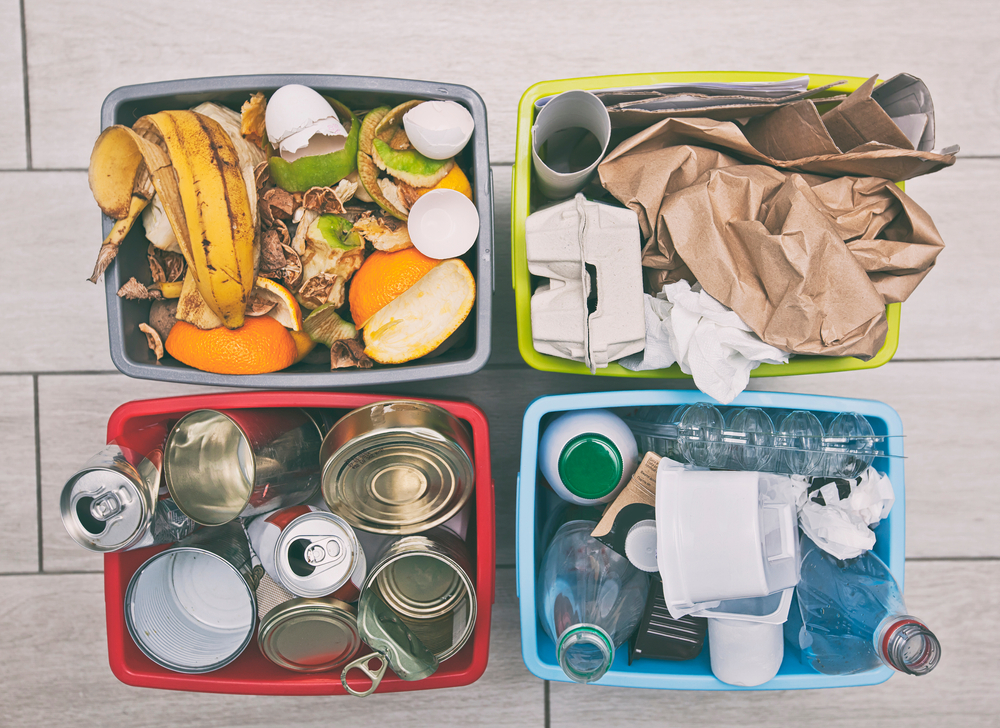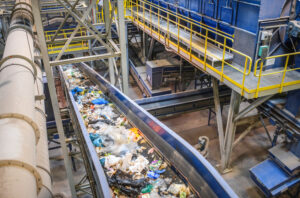Overflowing with Waste: The Aftermath of Holiday Cheer. As the holiday season winds down, Materials Recycling Facilities MRFs face a formidable challenge. The period following Christmas is marked by a significant surge in waste amounts, primarily due to the disposal of festive decorations, packaging materials, and gift residues. This sudden influx often exceeds the processing capacities of these facilities, leading to a series of operational difficulties.
Types of Waste: A Varied and Voluminous Mix
Post-Christmas waste is not only abundant but also diverse. Facilities have to deal with an array of materials ranging from paper and cardboard (from gift wrappings and boxes) to plastics (from packaging and decorations), food waste, and some more unusual items like discarded electronics and Christmas trees. This variety poses a significant sorting challenge, as different materials require different recycling processes.
Conveyor Belt Problems: Stoppages and Mixed Waste
One of the most critical areas of operation in MRF facilities is the conveyor belt system, which is responsible for transporting waste through different stages of sorting and processing. During the post-Christmas period, these belts are prone to stoppages due to the excessive volume and variety of waste. Mixed waste, where non-recyclable items are entangled with recyclables, further complicates the process. Such scenarios not only slow down operations but also pose risks to the machinery and workers.
The Threat of Carryback and Spillage
Carryback – the residue left on the conveyor belt after its cycle – becomes a significant issue in this period. Sticky substances from food residues or torn plastic can remain on the belts, leading to spillage and cross-contamination of waste streams. This not only affects the purity of sorted materials but also necessitates frequent, often manual cleaning, add to belt stoppages.
All these issues – stoppages, mixed waste, carryback, and spillage – culminate in increased downtime. Downtime is not just a pause in operations; it’s a bottleneck that affects every subsequent step in the waste processing chain. The longer the downtime, the greater the backlog of waste, creating a cycle that can be hard to break.
The post-Christmas period presents a real test for Materials Recycling Facilities (MRFs) and Recycling Waste Plants. The challenges they face are not just about managing the sheer volume of waste but also about dealing with its complexity and maintaining operational efficiency. As our consumption patterns during festive seasons continue to evolve, so must the strategies and technologies employed by these facilities to manage the aftermath effectively.
Looking ahead to 2024
Today (January 2nd), Let’s Recycle has published the first of a two-part series of Interviews called: ‘Waste sector outlook for 2024: part 1’ where they asked key figures from across the waste management industry what the biggest issues in the waste and resources sector will be in 2024.
Jacob Hayler, executive director, Environmental Services Association:
“Despite continuing political turbulence in Westminster, 2023 delivered high-level clarity on the missing pillars of Defra’s Resources and Waste Strategy (RWS), with Government setting out its plans for a Deposit Return Scheme (DRS) and “Simpler Recycling” – to homogenise the way recycling and waste materials are collected across England.”
John Scanlon, chief executive, Suez recycling and recovery UK:
“While we certainly didn’t sit back on our heels in 2023, I’m predicting 2024 as a year of change for the industry.”
Lee Marshall, policy and external affairs director, CIWM:
“2024 has the potential to be an exciting year when we really start to see the collection and packaging reforms take shape. The hope is we get the details needed to know how EPR is going work, the level of payments local authorities will receive and how the modulate fees will be designed. There will also be the formation of the EPR Scheme Administrator, along with its sister in DRS, the DMO.”
Maxine Mayhew, COO collections and specialist services, Biffa:
“With the full implementation of EPR due in 2025, this will be a big area of focus in 2024 with smaller producers joining large producers in reporting their packaging data from April. This should prompt businesses to start rethinking their packaging ahead of the introduction of fees in October next year, which are designed to reward the reduction and reuse of materials and inspire a more circular approach.”
Read the full article here: https://www.letsrecycle.com/news/waste-sector-outlook-for-2024-part-1/
For more info on preventing carryback and spillage in MRFs, Contact Us for a FREE SITE SURVEY.





